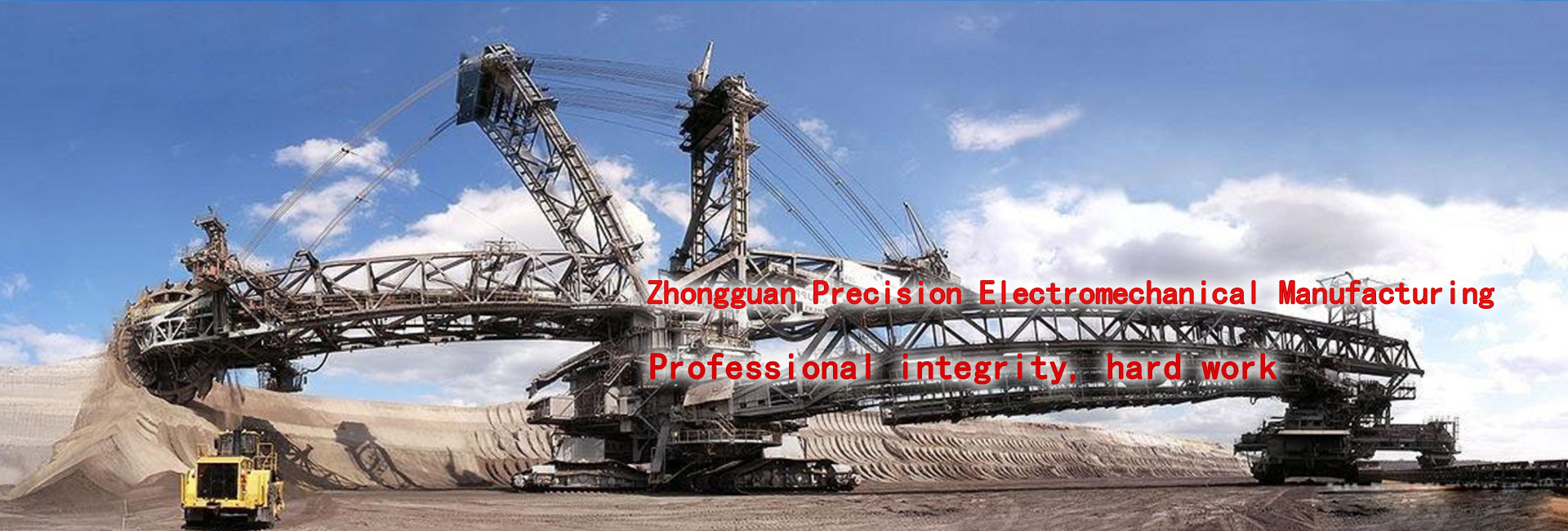Tel:0577-21019000
E-mail:zograjd@163.com

Solenoid Valves have closed cavities with through holes in different locations, each The holes are connected to different oil pipes, the piston is in the middle of the cavity, and the two sides are two pieces electromagnet, which side of the magnet coil energized the valve body will be attracted to which side, by controlling the valve body Move to open or close different oil drain holes, and the oil inlet hole is normally open, the hydraulic oil will enter different oil drain pipes, then push the piston of the oil cylinder through the pressure of the oil, the piston will drive the piston rod, and the piston rod will drive Machinery. This controls the mechanical motion by controlling the current through and off of the electromagnet.
Divided into three categories
1) Direct-acting solenoid valve:
Principle: When energized, the electromagnetic coil generates electromagnetic force to lift the closing member from the valve seat, and the valve is opened; when the power is off, the electromagnetic force disappears, the spring presses the closing member against the valve seat, and the valve is closed.
Features: It can work normally under vacuum, negative pressure and zero pressure, but the diameter is generally not more than 25mm.
2) Step-by-step direct-acting solenoid valve:
Principle: It is a combination of direct motion and pilot type. When there is no pressure difference between the inlet and the outlet, after energization, the electromagnetic force directly lifts the pilot small valve and the main valve closing member upward, and the valve opens. When the inlet and outlet reach the starting pressure difference, after the energization, the electromagnetic force leads the small valve, the pressure of the lower chamber of the main valve rises, and the pressure of the upper chamber drops, so that the main valve is pushed upward by the pressure difference; when the power is off, the pilot valve uses the spring The force or medium pressure pushes the closure and moves down to close the valve.
Features: It can also be operated at zero pressure difference or vacuum or high pressure, but the power is large, and it must be installed horizontally.
3) Pilot solenoid valve:
Principle: When energized, the electromagnetic force opens the pilot hole, the pressure in the upper chamber drops rapidly, and a pressure difference between the upper and lower parts is formed around the closing member. The fluid pressure pushes the closing member upward and the valve opens. When the power is off, the spring force leads the pilot. The hole is closed, and the inlet pressure passes through the bypass hole. The rapid chamber forms a lower high and high pressure difference around the valve closing member, and the fluid pressure pushes the closing member downward to close the valve.
Selection attention
Solenoid valve selection should first follow the four principles of safety, reliability, applicability and economy, followed by six aspects of field conditions (ie pipeline parameters, fluid parameters, pressure parameters, electrical parameters, modes of operation, Special requirements are selected).
Selection basis:
1. Select the solenoid valve according to the pipeline parameters: diameter specification (ie DN), interface mode
1) Determine the diameter (DN) size according to the internal pipe size or flow requirement of the pipeline;
2) Interface mode, generally >DN50 should choose flange interface, ≤DN50 can be freely selected according to user needs.
2. Select the solenoid valve according to the fluid parameters: material, temperature group
1) Corrosive fluid: Corrosion-resistant solenoid valve and all stainless steel should be used; edible ultra-clean fluid: food grade stainless steel solenoid valve should be used;
2) High temperature fluid: It is necessary to select a solenoid valve made of high temperature resistant electrical materials and sealing materials, and to select the type of piston structure;
3) Fluid state: large to a gaseous state, liquid or mixed state, especially when the diameter is larger than DN25, it must be distinguished;
4) Fluid viscosity: Usually it can be arbitrarily selected below 50cSt. If it exceeds this value, a high viscosity solenoid valve should be used.
3. Select the solenoid valve according to the pressure parameters: principle and structure
1) Nominal pressure: This parameter has the same meaning as other general-purpose valves, and is determined according to the nominal pressure of the pipeline;
2) Working pressure: If the working pressure is low, the direct-acting or step-by-step direct-acting principle must be used; when the minimum working pressure difference is above 0.04Mpa, direct-acting, step-by-step direct-acting, and pilot-operated can be used.
4, electrical selection: voltage specifications should be preferred to use AC220V, DC24 is more convenient.
5, according to the length of continuous working time to choose: normally closed, normally open, or sustainable power
1) When the solenoid valve needs to be opened for a long time, and the duration is longer than the closing time, the normally open type should be selected;
2) If the opening time is short or the opening and closing time is not much, then the normally closed type is selected;
3) However, some working conditions for safety protection, such as furnace and kiln flame monitoring, can not be selected for normal opening, and should be selected for long-term energization type.
6. Select auxiliary functions according to environmental requirements: explosion-proof, non-return, manual, waterproof fog, water shower, diving